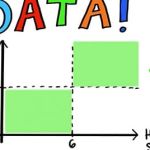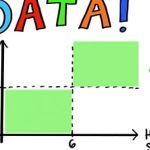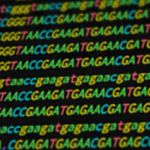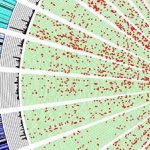
Intro to Descriptive Statistics
Summary
Statistics is an important field of math that is used to analyze, interpret, and predict outcomes from data. Descriptive statistics will teach you the basic concepts used to describe data. This is a great beginner course for those interested in Data Science, Economics, Psychology, Machine Learning, Sports analytics and just about any other field.
Expected Learning
This course will teach you the basic terms and concepts in statistics as well as guide you through introductory probability.
You will learn how to....
- Use statistical research methods.
- Compute and interpret values like: Mean, Median, Mode, Sample, Population, and Standard Deviation.
- Compute simple probabilities.
- Explore data through the use of bar graphs, histograms, box plots, and other common visualizations.
- Investigate distributions and understand a distributions properties.
- Manipulate distributions to make probabilistic predictions on data.
Syllabus
Lesson 1 : Intro to Research Methods
You will be introduced to several statistical study methods and learn the positives and negatives of each.
Lesson 2 : Visualizing Data
You will learn how to take your data and display it to the world. You will learn to create and interpret histograms, bar charts, and frequency plots.
Lesson 3 : Central Tendency
In this lesson you will learn to compute and interpret the 3 measures of center for distributions: the mean, median, and mode.
Lesson 4 : Variability
You will learn how to quantify the spread of data using the range and standard deviation. You will also learn how to identify outliers in data sets using the concept of the interquartile range.
Lesson 5 : Standardizing
You will learn how to convert distributions into the standard normal distribution using the Z-score. You will also learn how to compute proportions using standardized distributions.
Lesson 6 : Normal Distribution
You will learn how to use normalized distributions to compute probabilities. You will also learn how to use the Z-table to look up the proportions of observations above, below, or in between values.
Lesson 7 : Sampling Distributions
You will learn how to apply the concepts of probability and normalization to sample data sets.
Required Knowledge
This course assumes understanding of basic algebra and arithmetic.





